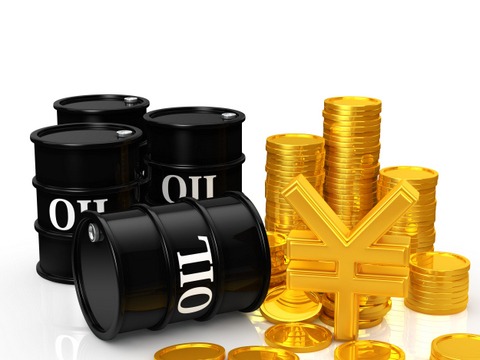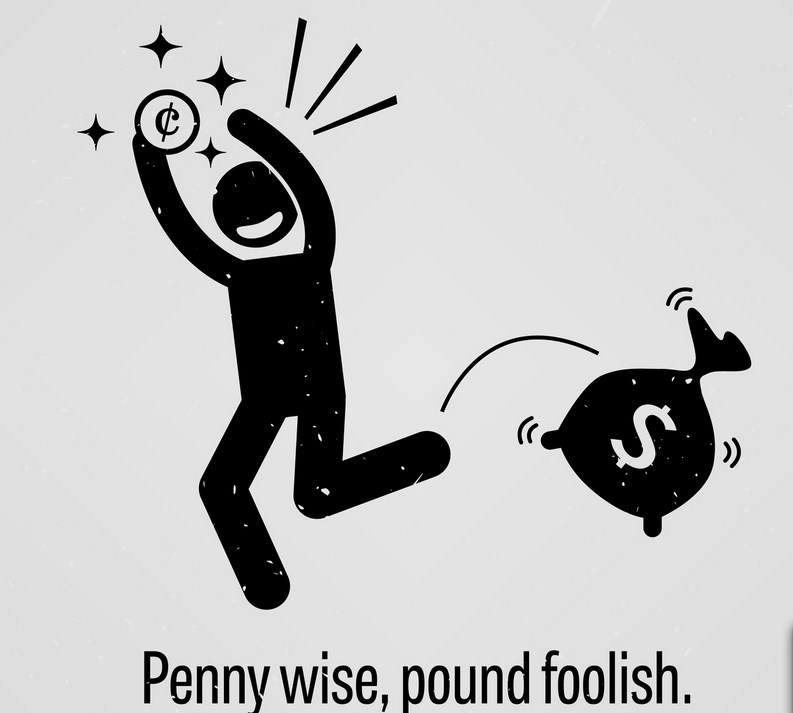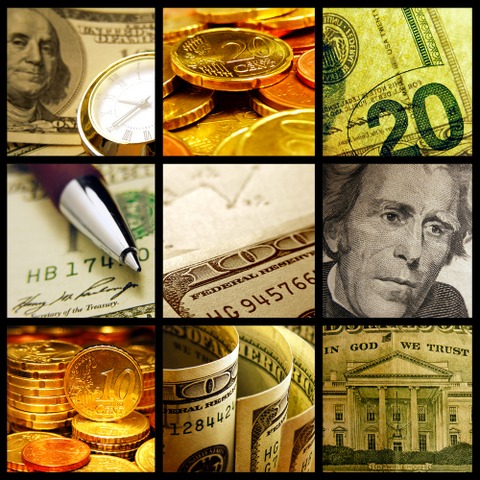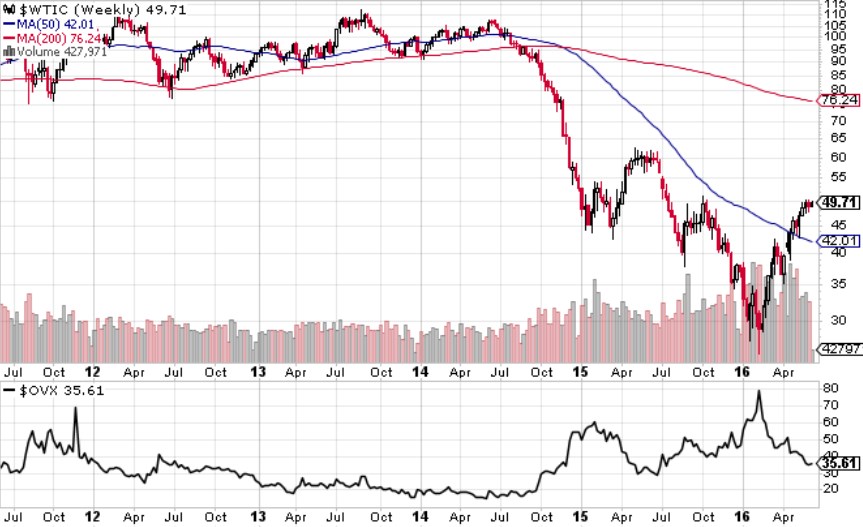Day trading forex live is tricky even to wise investors and traders. Because the confusion of the news and intraday volatility never makes much logic sense if any at all. Traders are often misled by false information found in seminars and books. This misinformation leads to the naive assumption that news can be traded easily, and that risk can be handled just like in a long term investment. The truth is that long term investments can indeed be handled much easier, because the trends are easier to figure out, and the investor has time to resort to all kinds of risk-mitigation methods. The fast forex trader on the other hand, and even more so the forex day trader doesn’t have the luxury of time. Forex trading strategies require extreme focus and flexibility. Simply stated, the news cannot be traded successfully in a directional strategy. Because such a strategy lacks flexibility and readiness to change direction in a blink of an eye. So instead, wise forex day traders focus on active trading hours, time zones, LSS pivot theory and always doubt what they see. Forex educators fail to teach much on these topics because either they don’t understand them themselves, or the teaching becomes tricky and too hard to sell. Seminars and books however still deliver a great deal of useful information, especially the ones created by veteran traders, even losing veteran day traders who actually failed to make money can offer great advice. This is because all traders, even winning ones, went through the stage of losing and failure. Stable day trading systems that will stand the test of time are created by traders who have suffered many losing trades. If a forex day trading system seems too perfect, and the creator coveys a sense of flawless perfection, realistically it will turn out to be an unstable trading system, one which is bound to fail at any time. There are no excuses for low profitability. If a day trading system claims to offer great success based on an apparent low risk / reward ratio, then it’s probably nonsense. Only stable forex day trading systems can stand the test of time and also accommodate the unique traits of each trader. And stable systems are created by former LOSING traders. For marketing reasons alone forex educators fail to, or avoid mentioning the L word. This is true in business also, a former failed businessman is much more likely to succeed in the future, than someone who shows all positive but thin margins of success. Regardless of how you choose to be educated on forex day trading, just remember that you will need attending at least 3 different seminar series or courses. And ideally 3 that focus on totally different approaches. Day trading forex live is tricky beyond belief, but also the potential profits are beyond belief as well. A stable methodology can be astonishingly profitable even with a high risk-reward ratio per trade.
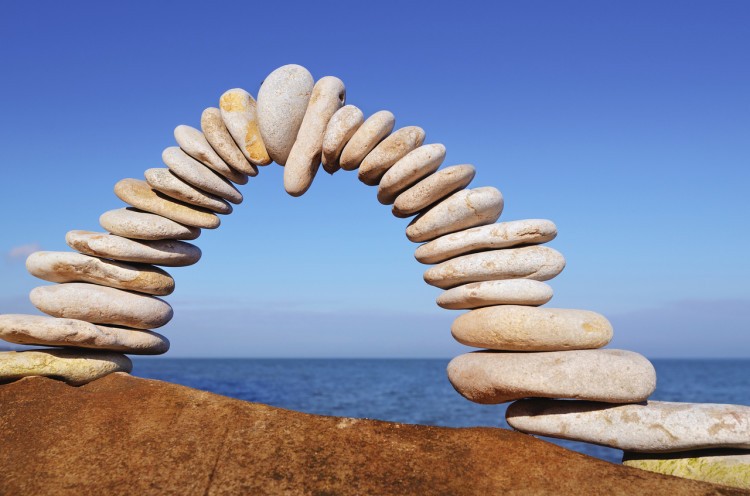
Day Trading Forex Live Becomes Addictive and Exciting
After a while, new day traders who can master day trading forex live on their accounts. And who are able to survive past 6 months without blowing their accounts, make fast progress. And this progress is exponential, since profits grow exponentially with time. The forex trading business opportunity allows this to happen, and outsiders are left in disbelief because they cannot handle the truth. But it is true, because the inherent great risks in the forex market create these huge rewards. In the last 15 years or so, the advent of online CFD trading has made forex trading even more exciting. And there is nothing wrong with addictions, one can be addicted to either bad or good things. Forex can definitely be a good and productive activity for any wise trader. CFDs have helped forex day traders in that they have bridged the gap between swing traders and day traders. So that hedging or trading outright a currency pair has become much more flexible. And wise traders have figured out how to make the best of CFD instruments.

